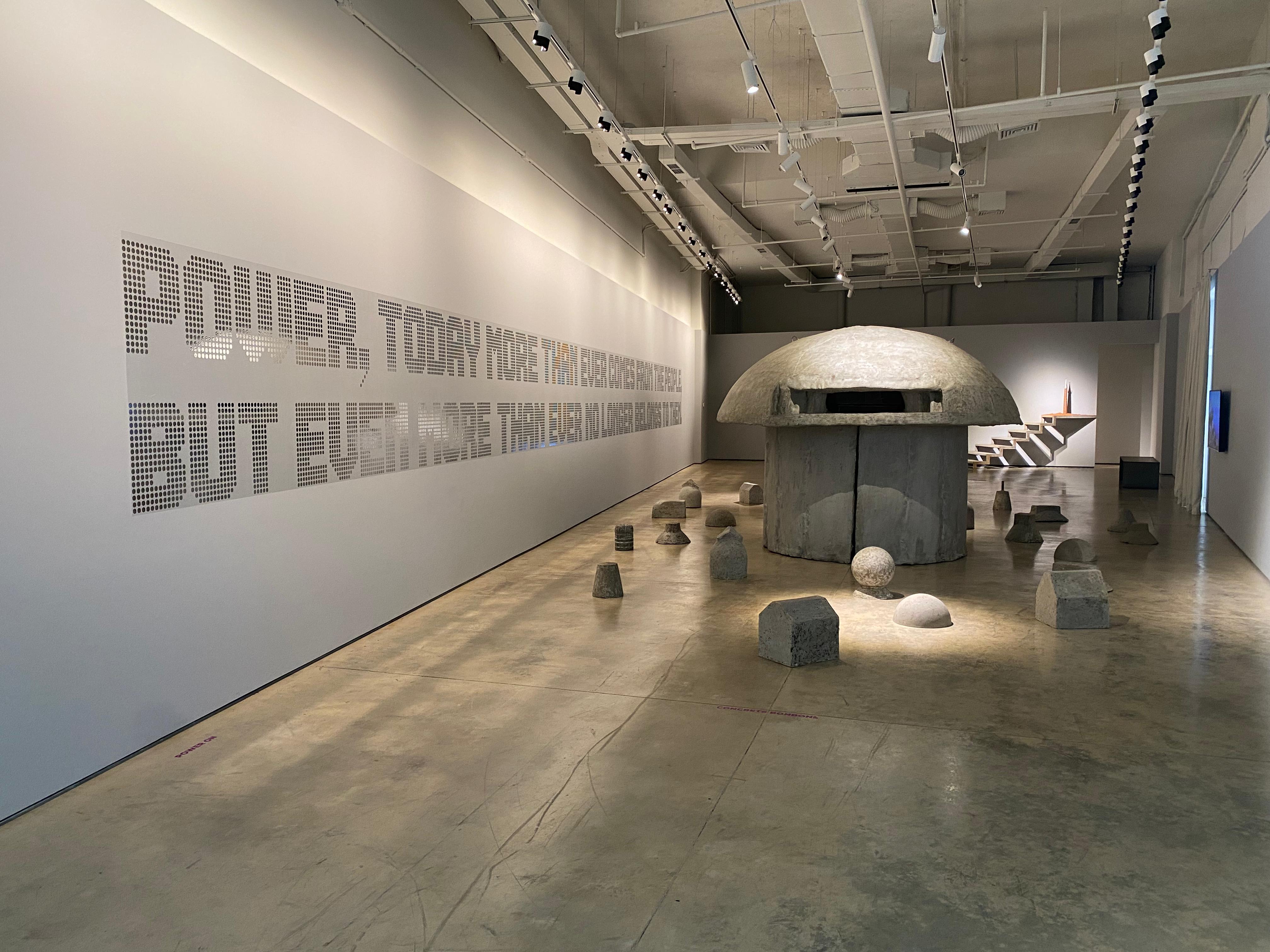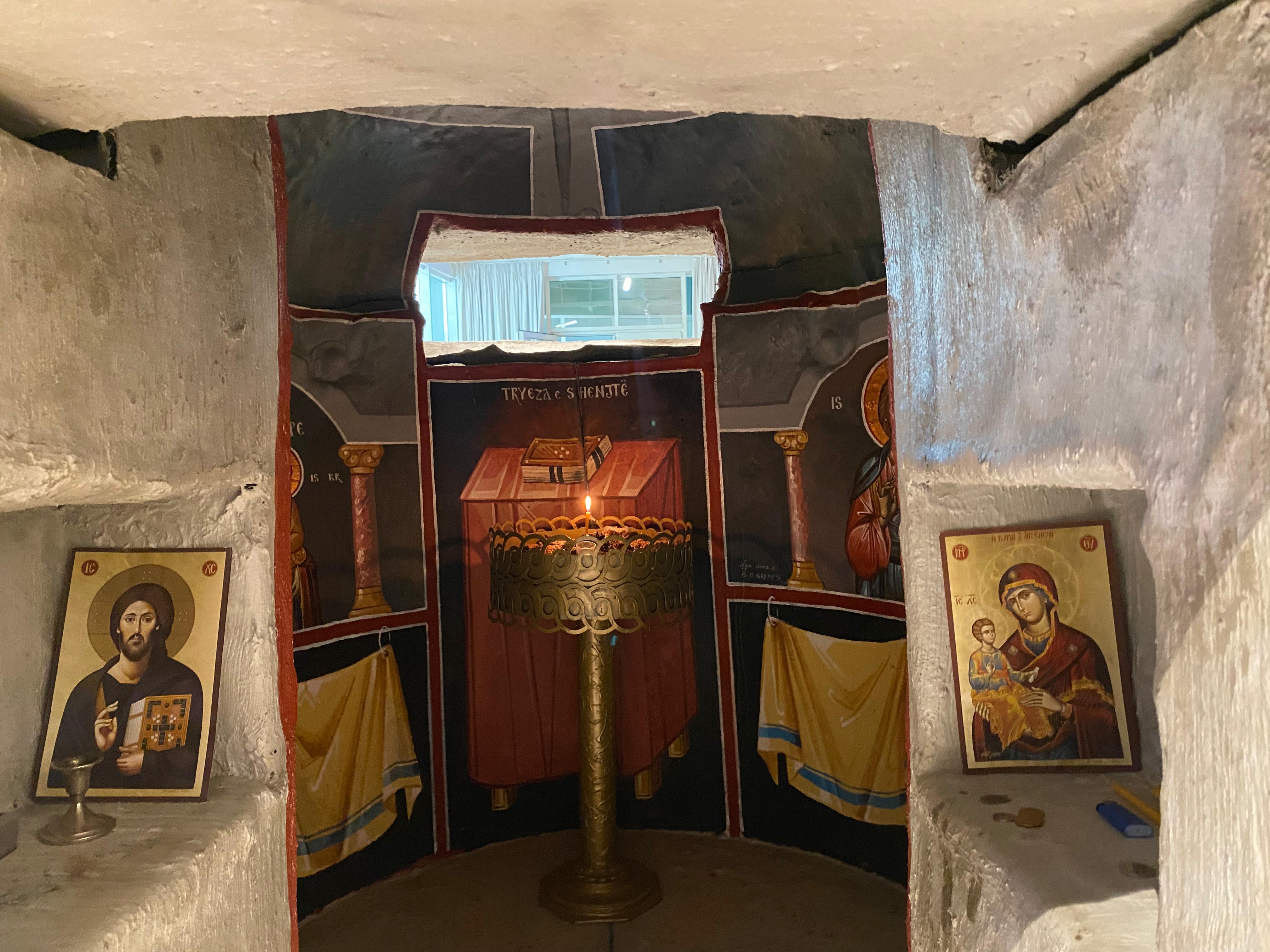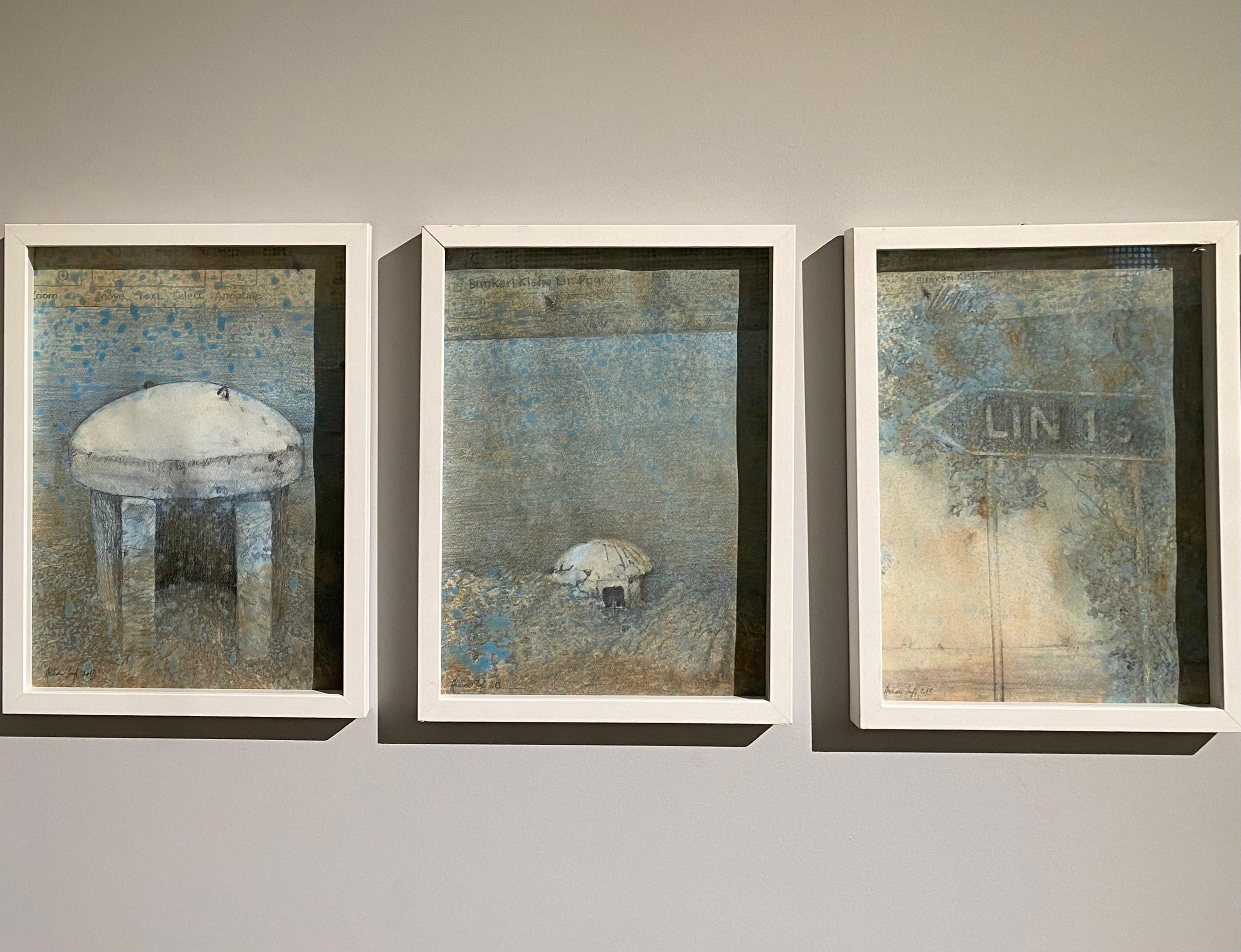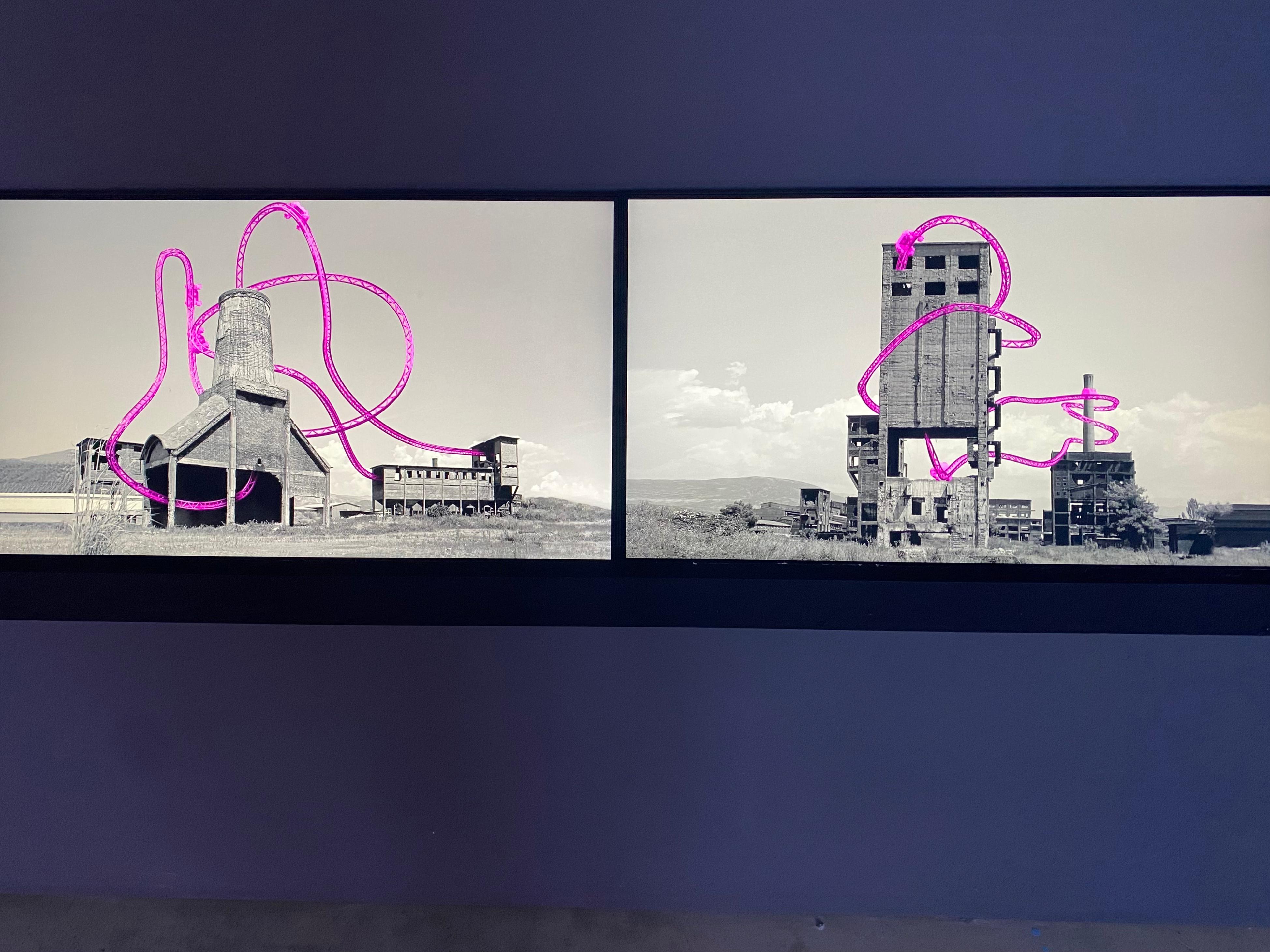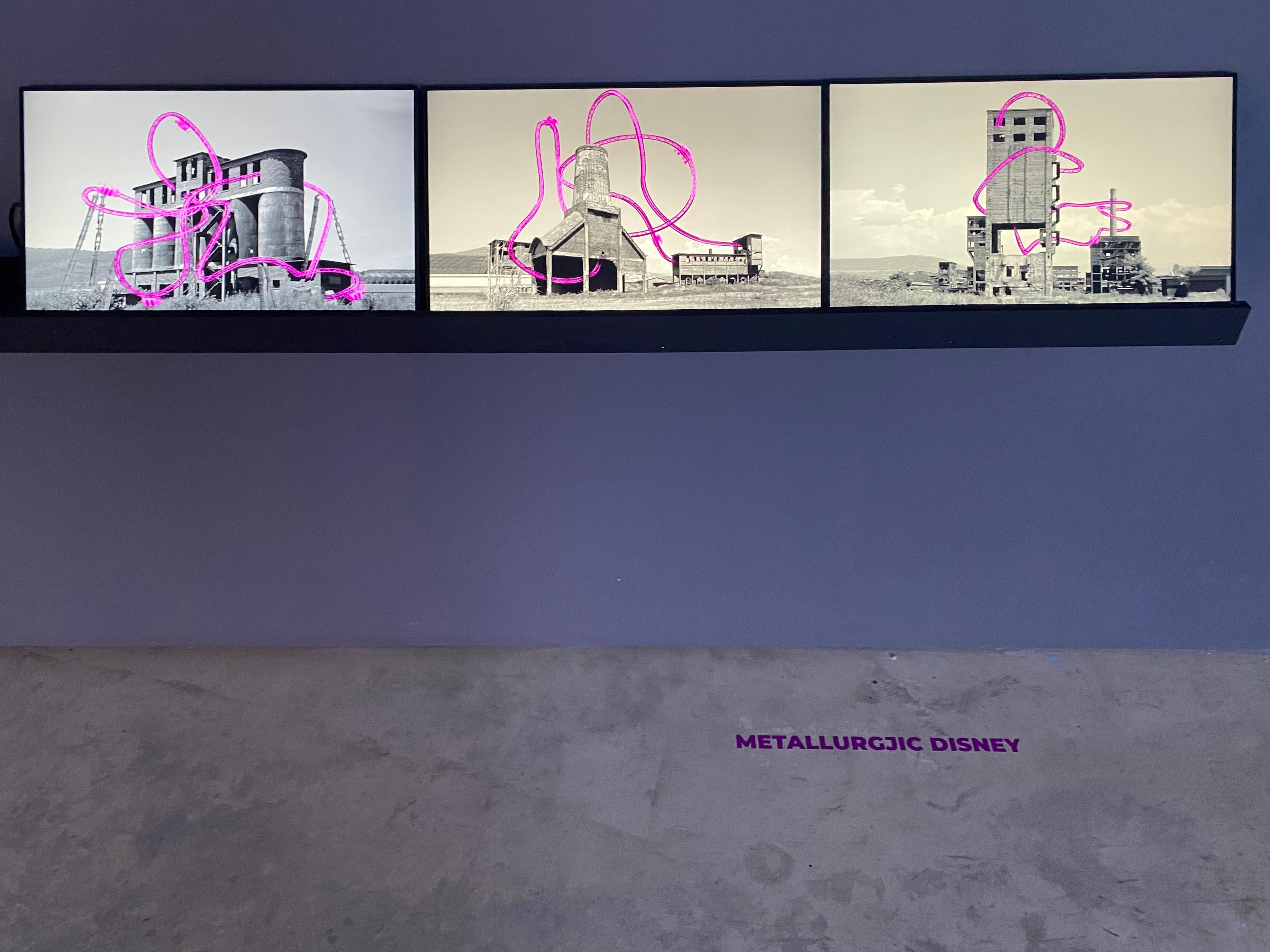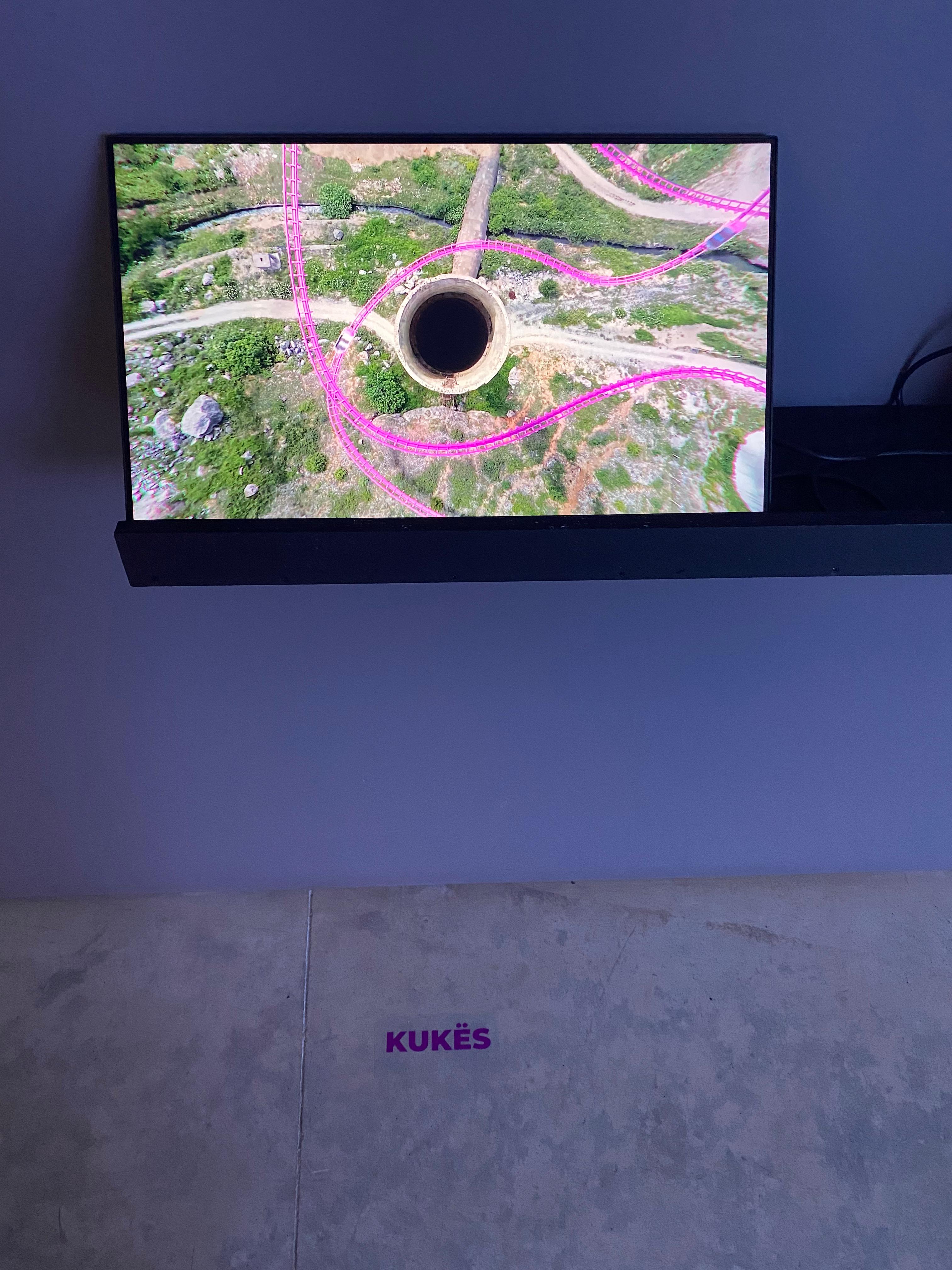“Unidentified False Objects (U.F.O.)” is the latest solo exhibition of artist Ardian Isufi at the GOCAT Gallery and curated by Elton Koritari. The conceptual exhibition delves into themes of utopia and dystopia. It showcases eight diffrent artworks, including video, installations, and spatial interventions, creating an artistic journey with a contemporary approach. The exhibition will be open to the public from December 31, 2024 – February 10, 2025.
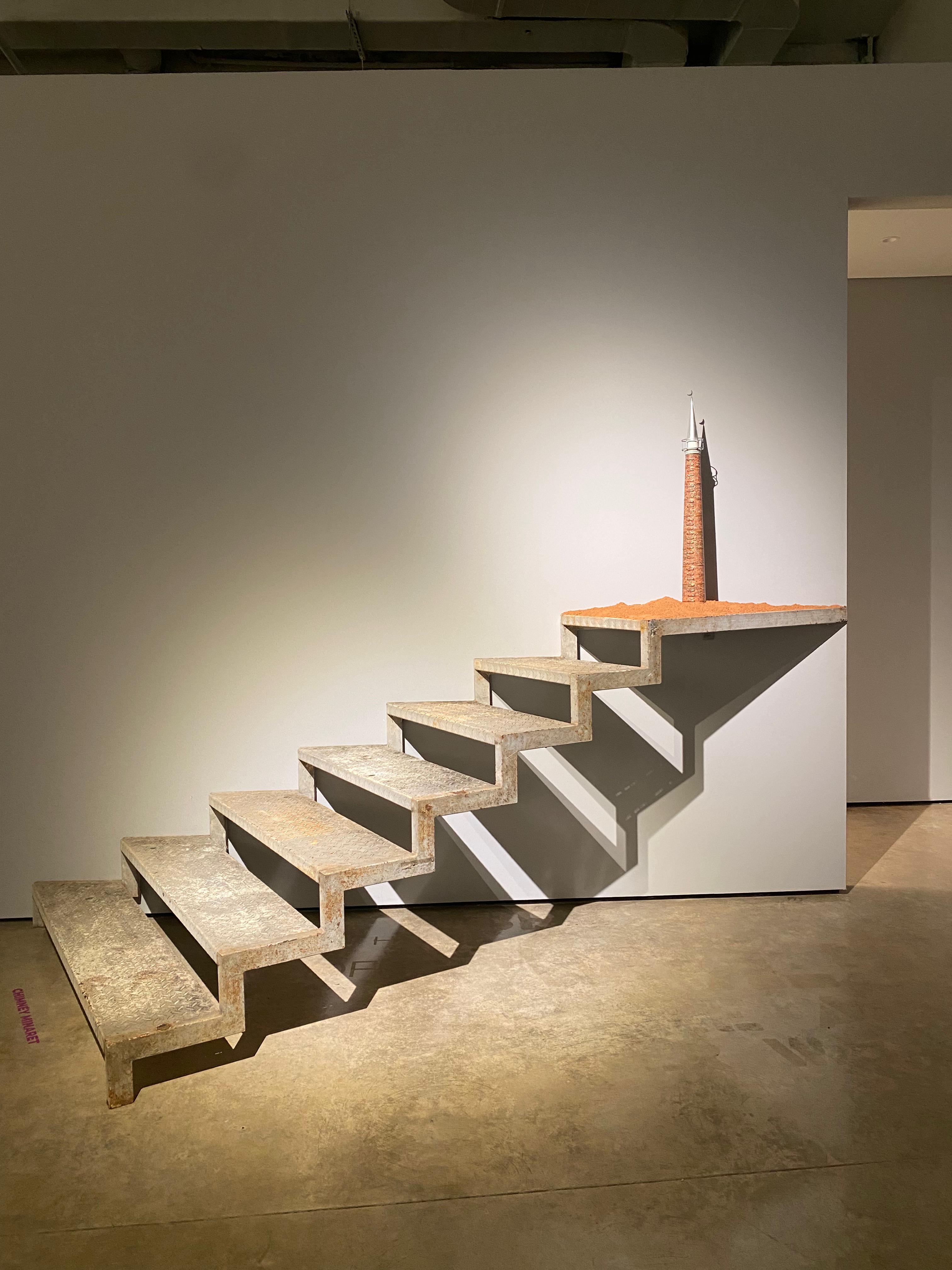
The exhibition reflects on Albania’s past, addressing the ideology of the communist system, its propaganda, manipulation, and distortions, while also examining the socio-absurd scenarios of the country’s transitional period. Unidentified False Objects” is a site-specific artistic intervention by Ardian Isufi.
The exhibition was specifically conceived for the GOCAT space. Even art works that had a prior journey were modified and transformed to fit this gallery. The Exhibition also has interactive elements, visitors can engage with various pieces. The exhibition is separated in the two spaces of the gallery, the first one includes “U.F.O No.1 Bunker Church”, “U.F.O No 4 Chimney Minaret”, “U.F.O No 5 Concrete Bonbons” and “U.F.O No 8 Power”. The second space showcases “U.F.O No 2 Uterus”, “U.F.O No 3 Flying Tanks”, “U.F.O No 6 Metallurgjic Disney” and “U.F.O No 7 Kukës Disneyland”.
One of the key installations, “U.F.O No.1 Bunker Church” is a former bunker, once a symbol of Albania’s communist era, which has been repurposed into an Orthodox church by believers in the village of Lin, Pogradec. This transformation symbolizes the shifting nature of historical objects, how they evolve from tools of control into spaces of faith and culture.
The exhibition also highlights other repurposed objects, a jet fuel tank repurposed into a drinking water reservoir, which to the artist identifies the permanent instability of countries in transition (from the communist era).. Similarly, “U.F.O No.4” also references a factory chimney transformed into a minaret in the city of Kavaja, showcasing how urban elements can be redefined by religious and cultural narratives (the human experience).
Through these installations, Isufi critiques both the utopian promises of communism and the hyper-commercialized reality of modern capitalism, where everything, including history, is repurposed for profit. The exhibition ultimately questions the relationship between public spaces and collective memory, prompting the public to reflect on how different parts of the society repurpose, reinterpret, and manipulate their past. The artist’s final message in his own words is a thought-provoking one: Power today more than ever comes from the people, but more than ever it belongs to them.
